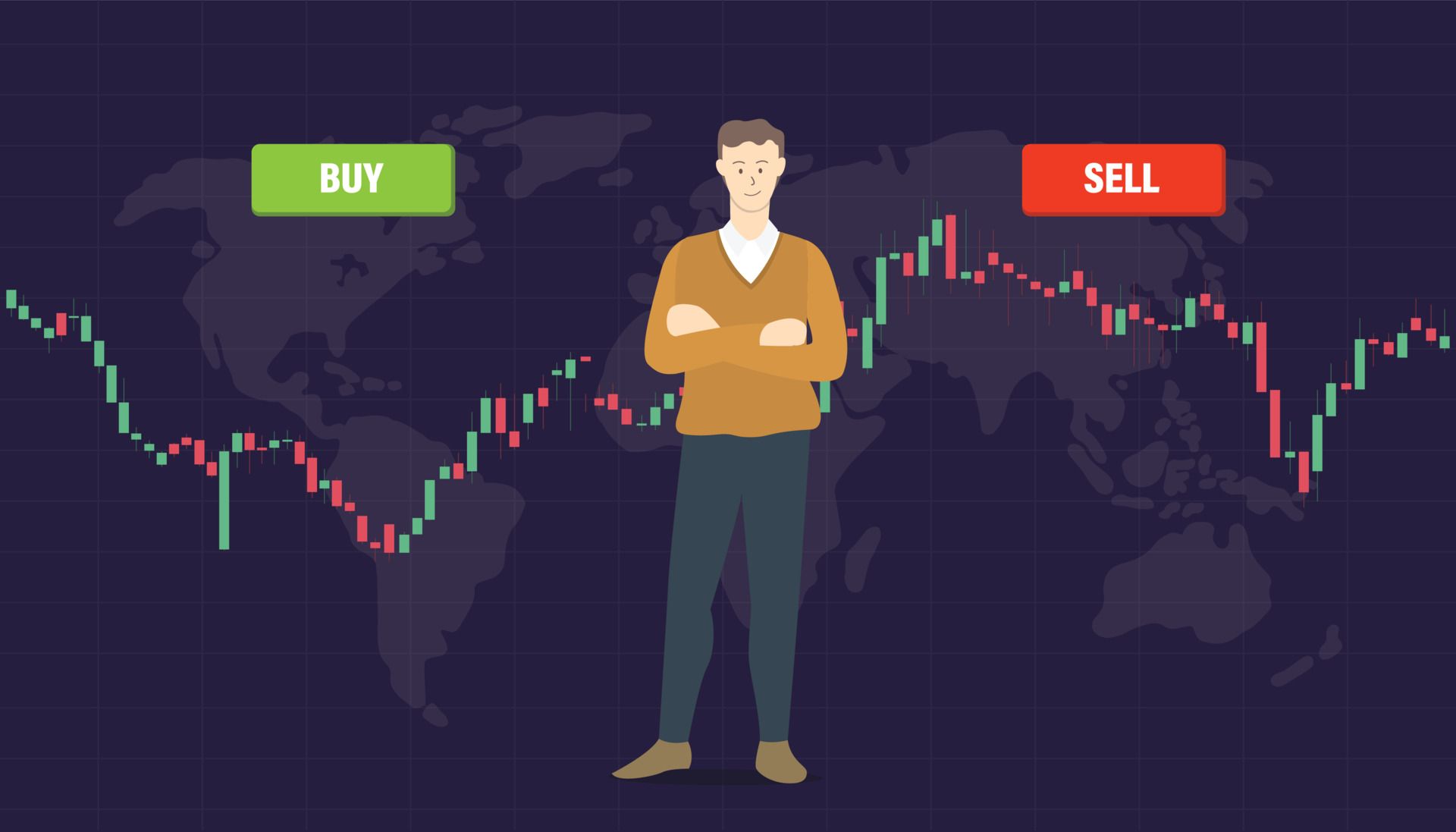Contracts for Difference (CFDs) have become one of the most accessible and flexible trading instruments for modern investors. Unlike traditional asset purchases, cfd trading allows market participants to speculate on the price movements of various assets without ever owning the underlying instruments. This approach opens doors to global financial markets and provides traders with unique opportunities for profit in both rising and falling markets.
What is CFD Trading?
CFD trading is a type of derivative trading where two parties—typically a trader and a broker—agree to exchange the difference in the value of an asset from the time the contract is opened to when it is closed. If the asset’s price moves in the trader’s favor, they receive the difference as profit. If it moves against them, they incur a loss.
The key appeal of CFDs lies in their simplicity and flexibility. Rather than taking ownership of a stock, commodity, or currency, traders can simply speculate on whether its price will go up or down.
Market Exposure Without Ownership
CFD trading grants access to markets that may otherwise be out of reach due to high capital requirements or complex ownership rules. For example, buying a barrel of crude oil or a share of a foreign company might be impractical for an average retail trader. Through CFDs, these same traders can engage with the price movements of such assets without handling the logistics or legal responsibilities of ownership.
This non-ownership structure also means that traders can act more swiftly and with fewer constraints. There is no need to wait for asset transfers or settlement procedures, making CFD trading an ideal option for those looking for speed and flexibility.
Trading on Margin and Leverage
One of the significant advantages of CFD trading is the use of leverage. Leverage allows traders to control a larger position than the capital they have on hand by borrowing funds from the broker. For instance, with 10:1 leverage, a trader can open a $10,000 position with just $1,000 of their own money.
This amplifies both the potential gains and the risks. While profits can grow substantially from small market moves, losses can also be magnified. Therefore, leverage must be used cautiously and with a clear understanding of the associated risks.
Profit in Both Directions
Traditional investing often focuses on buying assets and holding them in anticipation of a price increase. CFD trading, however, offers the flexibility to profit from both upward and downward market movements. Traders can go “long” (buy) if they believe an asset will rise in value or go “short” (sell) if they expect it to fall.
This ability to short-sell without needing to borrow the asset first distinguishes CFDs from many other financial products. In volatile or bearish market conditions, this feature becomes particularly valuable, enabling traders to seek returns even in declining markets.
Wide Range of Tradable Markets
CFDs are available on a vast array of financial instruments, including stocks, indices, forex, commodities, cryptocurrencies, and even bonds. This broad selection allows traders to diversify their strategies and manage risk more effectively.
For example, a trader might simultaneously hold CFD positions on a stock index, a currency pair, and a precious metal, thereby spreading exposure across different market sectors. Such diversification can protect a portfolio from volatility in any single market and create more balanced opportunities for growth.
Real-Time Market Execution
Modern CFD platforms offer real-time access to market prices, meaning trades are executed nearly instantly. This level of responsiveness is critical for active traders who seek to capitalize on short-term market movements.
Real-time execution also allows for precise entry and exit points, improving risk control and enhancing the effectiveness of technical and fundamental analysis strategies. Most platforms also provide tools like customizable charts, technical indicators, and news feeds to support timely decision-making.
Low Barriers to Entry
CFD trading is known for its relatively low barriers to entry. Many brokers offer CFD accounts with minimal initial deposit requirements, making the market accessible to a broad range of traders, from beginners to experienced professionals.
Additionally, demo accounts are often available, allowing new traders to practice strategies and understand the mechanics of CFD trading without risking real money. This lowers the learning curve and encourages more people to explore the potential of the market.
Cost Efficiency and Transparency
CFD trading typically comes with lower transaction costs compared to traditional trading. Most brokers make money through the spread—the difference between the buying and selling price—rather than charging hefty commissions or fees.
These low costs can make CFD trading more efficient for those executing multiple trades or holding positions for short periods. Transparent pricing structures also help traders understand their potential profits and losses before committing to a trade.
Built-In Risk Management Tools
To help protect capital, CFD platforms often include built-in risk management tools such as stop-loss, take-profit, and trailing stop orders. These features allow traders to automate exits based on pre-set price levels, reducing emotional decision-making and exposure to unexpected market swings.
Margin calls and automatic position closing features further protect traders from exceeding their risk limits. These mechanisms serve to maintain financial discipline and protect both the trader and broker from unsustainable losses.
No Stamp Duty in Some Regions
In jurisdictions like the UK, CFDs are exempt from stamp duty because the underlying asset is never owned. This can result in cost savings for traders compared to traditional share purchases. However, tax regulations vary by region, and it’s important for traders to understand the rules applicable in their country.
Limitations and Considerations
Despite the many advantages, CFD trading is not without risks. Leverage, while a powerful tool, can lead to significant losses if not managed properly. Prices can move quickly, and without solid risk management, traders may lose more than their initial investment.
Market volatility, liquidity issues, and overnight financing charges for holding positions can also impact profitability. Traders should ensure they understand how fees, interest, and spread widening during low-liquidity periods affect their positions.
Moreover, not all CFD providers are regulated equally. Choosing a reputable, licensed broker is essential for ensuring fair treatment, accurate pricing, and fund security.
CFDs as a Strategic Trading Tool
When used correctly, CFDs can be a powerful component of an overall trading strategy. They allow traders to hedge existing positions, test new ideas in live markets, or take advantage of short-term opportunities without long-term capital commitment.
Institutional investors, for instance, may use CFDs to offset risk in their portfolios, while retail traders might use them to gain exposure to emerging markets or highly volatile assets without incurring the full costs of direct ownership.




